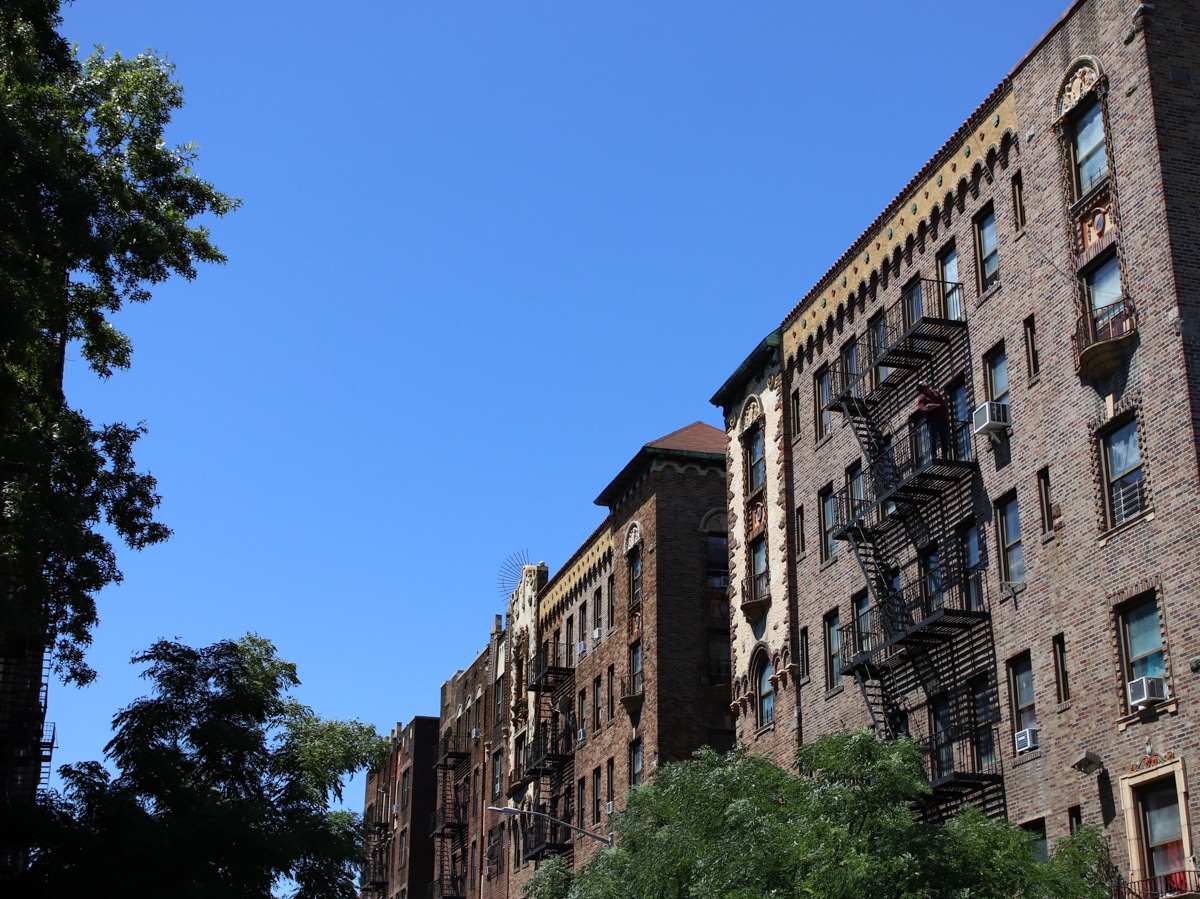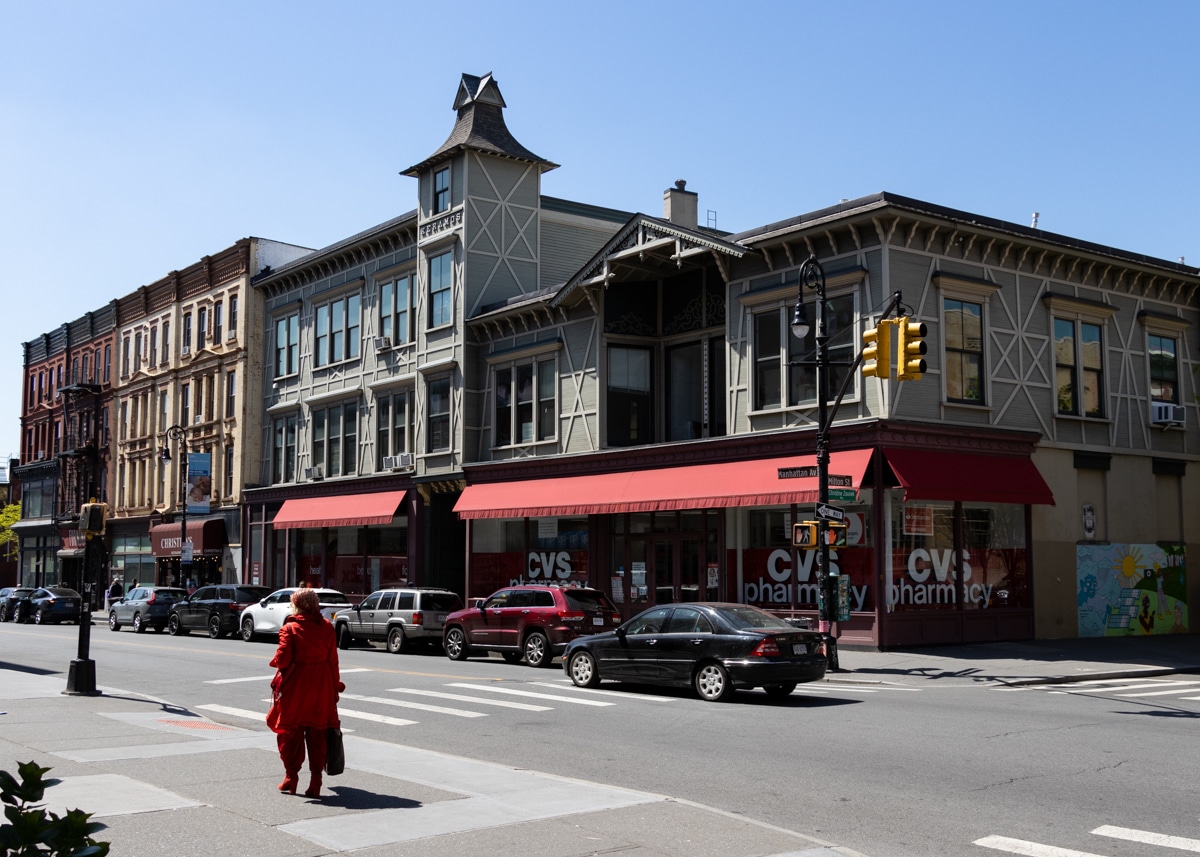Adams and Hochul Hack Tax Break Impasse to Spur New Housing
Through government ownership of land in Brooklyn’s Gowanus and Staten Island’s North Shore, the mayor and governor provide financial relief to developers despite 421-a program’s expiration.

The Gowanus neighborhood in Brooklyn is at the center of plans to give developers a tax break similar to what was available under 421-a. Photo by Hiram Alejandro Durán/THE CITY
Greg David, The City
This article was originally published on by THE CITY
In September, Mayor Eric Adams unveiled an ambitious development agenda that would make it easier to build new housing in every neighborhood in New York City — if the City Council approves.
Meanwhile, the mayor is not waiting and neither is Governor Kathy Hochul after the state legislature this year refused to pass any elements of her proposed housing program, including tax relief and office-to-residential conversion powers Adams sought.
Now both the governor in Brooklyn and the mayor on Staten Island are moving to make an end run around the legislature, by providing big property tax breaks to selected new residential development projects that would have qualified for the 421-a tax abatement that lapsed in June 2022.
This month more than 10 projects are expected to apply to take advantage of the governor’s plan for Gowanus, a formerly industrial area where a 2021 rezoning now allows 8,500 new apartments to be built, about 3,000 of them affordable.
The Adams administration is working on a similar tax relief scheme for two sites on Staten Island’s North Shore where Adams recently announced a major housing, green space and commercial development plan.
/cdn.vox-cdn.com/uploads/chorus_asset/file/24934374/091423_adams_si_development_1.jpg)
Siding with developers who say they can’t build rental housing without the tax break, Adams and Hochul aim to find ways to deliver the same economic benefit that 421-a provided. In doing so, they also hope that they will pressure the legislature to enact a replacement policy.
“The governor may be thinking that if the Gowanus program is successful and the world doesn’t end, it will encourage the legislature to do something in the next session,” said lawyer Ken Fisher, a former City Council member from Brooklyn who now represents developers.
The 421-a tax break, first implemented in the 1970s to spur housing construction, eliminates or reduces property taxes for up to 35 years for rental buildings and currently costs the city $1.8 billion a year. Developers receiving the benefit in recent years had to set aside 25 percent or 35 percent of their housing units as affordable apartments.
PILOT Programs
Gowanus is the flashpoint of the impasse between the governor and legislature over whether 421-a is needed for new residential construction.
The City Council aspired to clean up the 84-acre polluted area while spurring thousands of new apartments, with hefty set-asides of affordable housing.
With only eight months between the area’s rezoning and the anticipated expiration of 421-a, developers rushed to commence construction because they could qualify for the tax break if they could complete footings before June 2022. However, state law also required them to complete the buildings by mid-2026 — a restriction the legislature failed to lift.
To get around the completion deadline, Hochul in July announced that the state would buy the affected properties in Gowanus and lease them back to the developers at a discount that would equal the benefit they would have received from 421-a.
Seven developers with projects along the canal waterfront are expected to apply, some for more than one site, said lobbyist Ethan Geto, who represents them all. Real estate sources expect to also see applications from elsewhere in the neighborhood.
Some of the applications will come from buildings well under way — as insurance that they will be completed on time — and may be eventually withdrawn, Geto said.
Applications will have to pass muster with the state’s Empire State Development Corp., which is in charge of the program, and the Public Authorities Control Board, controlled by the governor, Assembly speaker and Senate majority leader. The projects must provide the same number of affordable units as 421-a would have mandated and steer a significant number of contracts to minority and women owned companies.
The Adams administration is taking a similar approach on Staten Island’s North Shore, where earlier this month the mayor announced a new effort to redevelop the area with open space, 2,400 housing units, and business opportunities.
/cdn.vox-cdn.com/uploads/chorus_asset/file/24934348/si_north_shore_renderings_1.jpg)
To make the residential projects feasible, the city will negotiate payments in lieu of taxes, or PILOTs, on two major residential sites where it owns the land to provide the same tax advantages as 421-a, Andrew Kimball, president of the city’s Economic Development Corporation, told THE CITY. He calls it “synthetic 421-a.”
The governor has indicated that the Gowanus model could be expanded to other neighborhoods where construction has stalled, but real estate experts note even if she does that the impact will be limited to projects already in the works. For example, the maximum number of units likely to be helped in Gowanus is not expected to exceed 2,000, said one insider who is working on applications.
Kimball said the city has a relatively small number of its sites it controls where a similar PILOT can be used.
“The reality is by the time we select someone for Staten Island and they get their financing it will be 2026,” Kimball said. “Let’s hope the state legislature has acted on a 421-a replacement by then.”
THE CITY is an independent, nonprofit news outlet dedicated to hard-hitting reporting that serves the people of New York.
Related Stories
- What Is Affordable Housing?
- Will the Mayor’s Affordable Housing Plans Save New York City or Destroy It?
- Mayor Adams Cites Need for 421-a Tax Break Replacement to Create Affordable Housing
Email tips@brownstoner.com with further comments, questions or tips. Follow Brownstoner on Twitter and Instagram, and like us on Facebook.










What's Your Take? Leave a Comment